by Elaine Maust, originally published in Gospel Herald (1 Nov 1994)
~ ~ ~
The attendance board on the wall above the piano read, “Enrollment – 35,” but worshipers pressed into the church until the long rows of benches filled and a crowd stood in the back of the sanctuary under the stained-glass windows.
They had come in celebration of the miracle on 9th Street. They had come to thank God for the amazing series of events that brought a small congregation from a house on Hooper Street to a grand old building downtown.
On Feb. 6, 1994, more than 200 friends joined Jubilee Mennonite Church, Meridian, Miss., to rededicate their church building. The event was a rededication
because Federated Presbyterian Church first dedicated the rambling worship center on Feb. 7, 1932, in a weeklong ceremony. Guests at the rededication represented churches from the Gulf States Mennonite Conference, the Red Line Christian Community Coalition, and churches who helped Jubilee during its four-year pilgrimage.
Jubilee’s journey began in 1990 when Highland Methodist – under leadership of former pastor Don Leo – rented its fellowship hall to Jubilee. According to Jubilee’s pastor, Daryl Byler (who left this past summer to become director of Mennonite Central Committee’s Washington office), the young church accepted the invitation because it needed space and visibility. “That move helped us think of ourselves in a new way; as a church that was going to grow,” Byler says.
While at Highland, Jubilee hosted inmates through Prison Fellowship’s Community Service Program. Jerry Hemphill stayed with the Byler family. Before he returned to prison, Jerry handed Daryl an index card with an address written on it.
“The women at Central Presbyterian Church prepared lunch during the project,” Daryl remembers. “Jerry had a good conversation with them, and he had a real strong sense that ‘God had something for Jubilee at that church.’ He wrote the name and address on a card and gave it to me before he left. I kept it on my desk for a long time, but I wasn’t sure what I was supposed to do with it.”
After a year and a half, it was time to leave the Methodist church. Father Henry Hudson of Saint Paul’s Episcopal heard Jubilee was looking for a meeting place and offered the Episcopal’s Parish Hall.
Everywhere I turned, when we were working on community service projects, Jubilee was there,” Father Henry says. “There were so many things that we were doing in common in ministry, it seemed appropriate to have Jubilee praying with us in the same building.”
For two and a half years, Jubilee met at Saint Paul’s on Sunday afternoons. The Episcopalians’ cordial attitude, “This building is to use,” taught Jubilee about stewardship of church facilities. Jubilee members learned to expect to find Saint Paul’s busy with people any time of the day, any day of the week.
Despite the warm relationship with the Episcopal Church, Jubilee continued to look for its own building. According to trustee John Opel, churches should “not only have love but also have a place in common. I felt our congregation needed a home just like a family needs a home.”
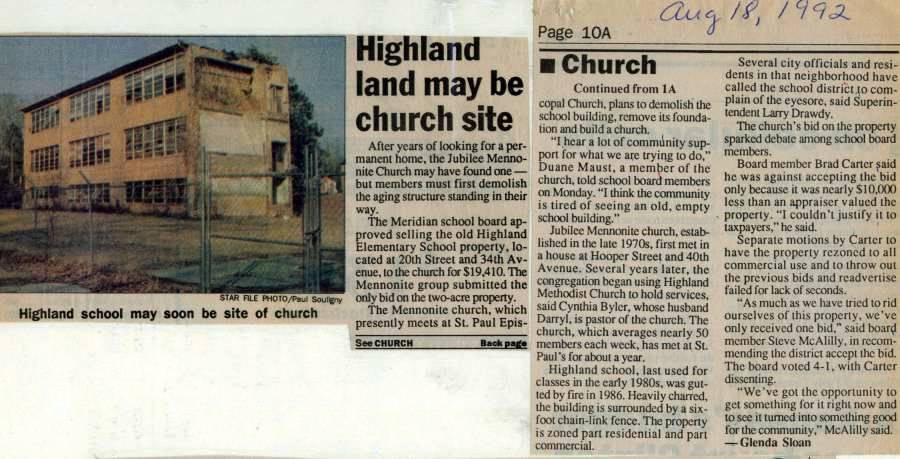 In late 1991, Jubilee purchased a school from the city. Donations from church members and friends of the young congregation provided funds to purchase the property and demolish the old school littering its lot.
In late 1991, Jubilee purchased a school from the city. Donations from church members and friends of the young congregation provided funds to purchase the property and demolish the old school littering its lot.
In a step of faith in the fall of 1992, the group voted to construct a 3,000-square-foot worship and outreach center. The building committee began working with an architect.
Though excited to begin the project, Jubilee members felt overwhelmed. At congregational meetings they looked each other in the eye and asked, “How can we do this?” With such a small group, with so many committed to the church’s ministries, with small children and new businesses, how would it be possible to build?
Then an anonymous caller contacted Duane Maust, Jubilee’s congregational chair. “She told me that she thought Central Presbyterian was near the point of closing. She thought maybe our group would be interested in their facility.” Duane explained that Jubilee had already purchased a piece of property and would soon begin building. When the caller persisted, Duane called the spokesperson for Central Presbyterian, Gary Webb. To Duane’s astonishment, Webb explained that they wanted Jubilee to be the new owners and that they needed to be out of the building in two months. They encouraged the Mennonites to “make any offer they could afford.”
“When Duane Maust mentioned it,” Byler says, “the index card from Jerry Hemphill was the first thing that came to my mind!”
A tremendously difficult time followed for Jubilee. “It brought goose bumps over me,” says longtime member Bob Coblentz. “It kind of felt like the children of Israel when God told them to move into new territory. It was a scary thing.”
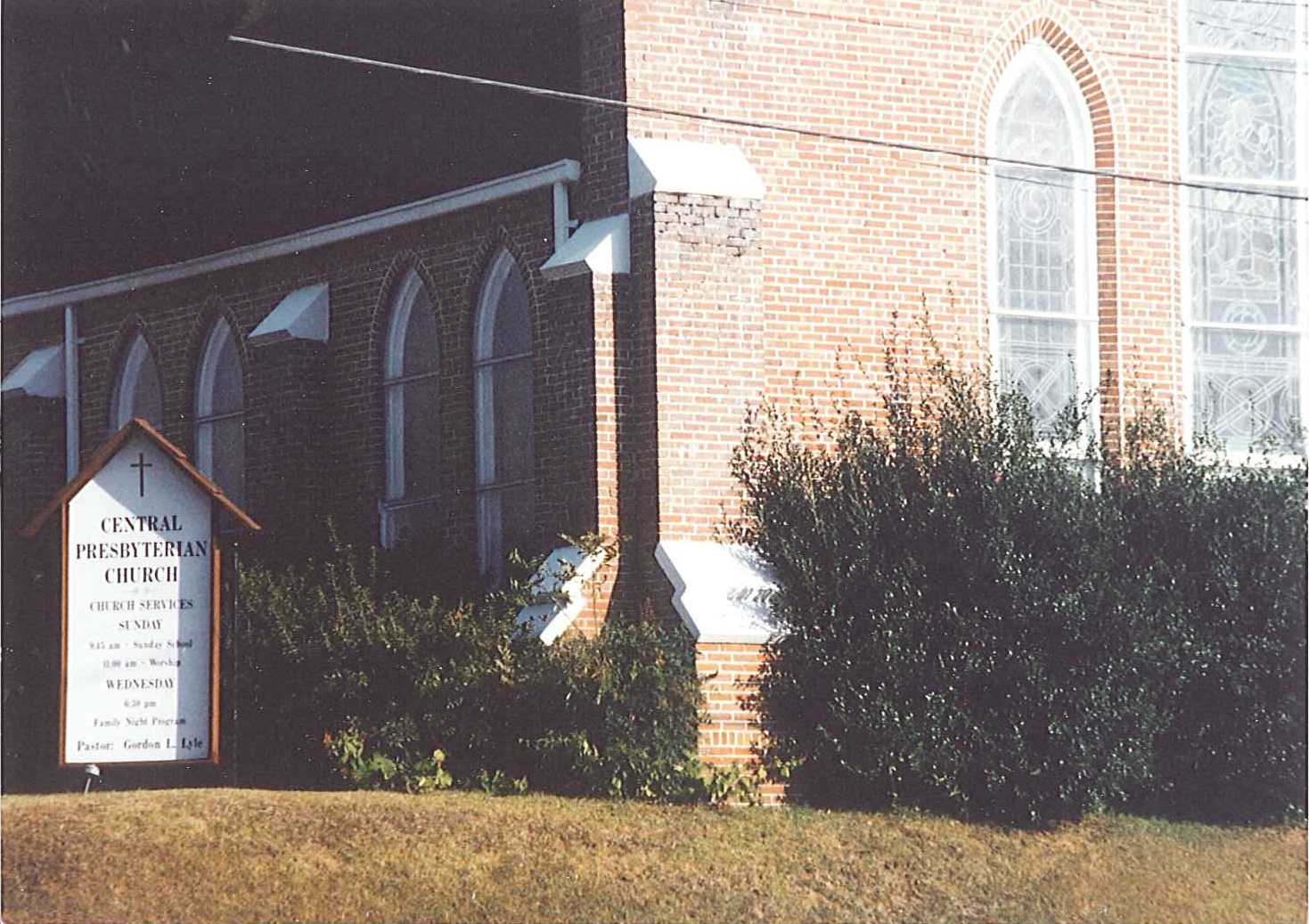 For example, the gym in the 18,000-square-foot building was approximately the size of the structure Jubilee had hoped to build. With its 18 classrooms, commercial kitchen, sanctuary with pipe organ – plus a chapel – the building seemed too spacious and elegant for the small group of Mennonites. According to Duane Maust, “The giant utility and maintenance bills scared us. But I tried to explain that the Presbyterians wanted to give it to us.”
For example, the gym in the 18,000-square-foot building was approximately the size of the structure Jubilee had hoped to build. With its 18 classrooms, commercial kitchen, sanctuary with pipe organ – plus a chapel – the building seemed too spacious and elegant for the small group of Mennonites. According to Duane Maust, “The giant utility and maintenance bills scared us. But I tried to explain that the Presbyterians wanted to give it to us.”
“It was one of our more important congregational decision-making periods,” Daryl Byler says. “People made a strong effort to act in the well-being of the entire church without sacrificing their integrity.”
Central Presbyterian was struggling, too. According to Arthur Barrett, elder at Central since 1949, diminishing numbers and the aging of the congregation were two factors motivating them to disband.
“Nobody wanted to see the church turned into an office building,” Barrett explains. “Most of us wanted the church to go to another [group] to use the building as a place of worship. All of us, everybody in the church, had a great deal of respect for the Mennonites. We knew they would take good care of the building.”
Through the weeks of praying and discussing that followed, Central urged Jubilee to make “any offer they could afford” on the building valued at $750,000-$800,000. They encouraged the Mennonites to include their community ministries as well as cash in the offer.
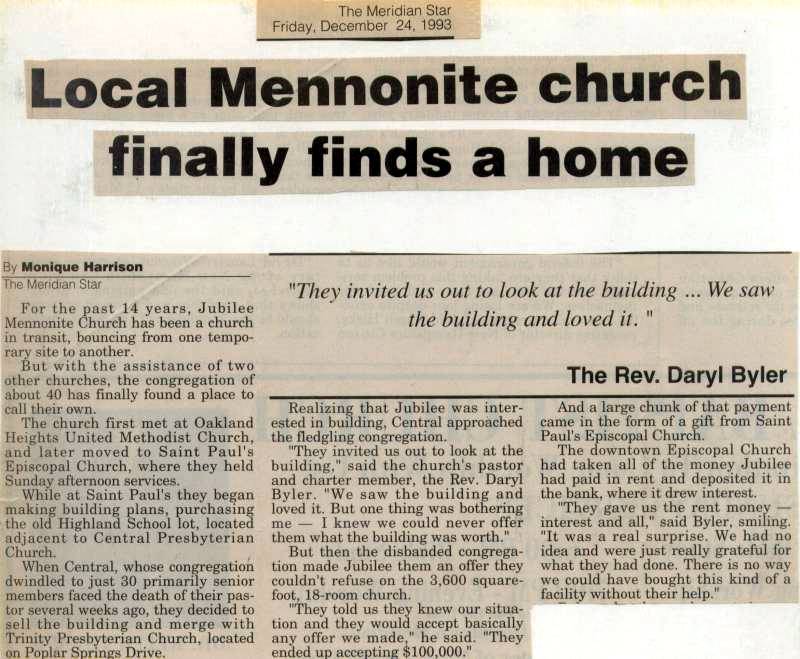 In the end, Jubilee offered $100,000. The Presbyterians accepted. According to Barrett, “Some in the church would have given it to the Mennonites for nothing.”
In the end, Jubilee offered $100,000. The Presbyterians accepted. According to Barrett, “Some in the church would have given it to the Mennonites for nothing.”
When it was time for Jubilee to move from Saint Paul’s Episcopal, there were tears in the eyes of Rector Henry Hudson. He expressed again the love he and his church felt for “their Mennonites.” Then he astounded them by presenting Pastor Byler with a check for the entire amount of rent Jubilee paid during the two and a half years, with interest.
This act of kindness on top of the generosity of Central Presbyterian left members of Jubilee shaking their heads. “The way the building fell into our laps left no questions that it was a gift from God,” says Jubilee member Paul Shelly.
“Jubilee has been a giving congregation,” Byler adds. “The challenge on this one was learning how to receive graciously from others!”
In December 1993 Jubilee took possession of the building. Central merged with Trinity Presbyterian. A local television station and the city’s newspaper picked up the story: churches working together. In a newspaper commentary about the event, a local pastor wrote, “May such a spirit of selflessness permeate the entire Christian community in our city.”
A sense of wonder descended on Jubilee as they explored the stately old church. If the building were not gift enough, Jubilee discovered kitchen cabinets filled with dishes, Sunday school rooms supplied with tables, chairs, glue, and scissors, a nursery furnished with toys, and library shelves lined with books.
The Mennonites are not alone in the building these days. The east wing and chapel are rented to Meridian’s First Church of the Nazarene [the chapel is now rented to Christ Tabernacle Pentecostal]. Upstairs Jubilee’s Community of Hope tutoring program finds ample room for the children, tutors, and equipment for its after-school endeavor. On many nights, the gym is noisy with basketball games of local youth groups.
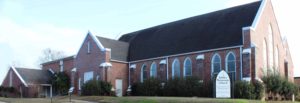 The imposing brick building on the corner of 9th and 28th is beginning to feel like home to the Mennonites. They learned to run the commercial dishwasher and heating and cooling systems. They know where to find an extension cord and a mop (most of the time). Hymnal: A Worship Book rests behind the pews.
The imposing brick building on the corner of 9th and 28th is beginning to feel like home to the Mennonites. They learned to run the commercial dishwasher and heating and cooling systems. They know where to find an extension cord and a mop (most of the time). Hymnal: A Worship Book rests behind the pews.
Yet the support and love of generous people – the Presbyterians, the Methodists, the Episcopalians, and many who gave financial gifts – still amazes Jubilee.
A miracle, a long and complicated miracle, brought Jubilee from the old house on Hooper Street to 9th Street. The miracle made Jubilee a church willing to share its building and confident of God’s direction in the uncertainties of the future.

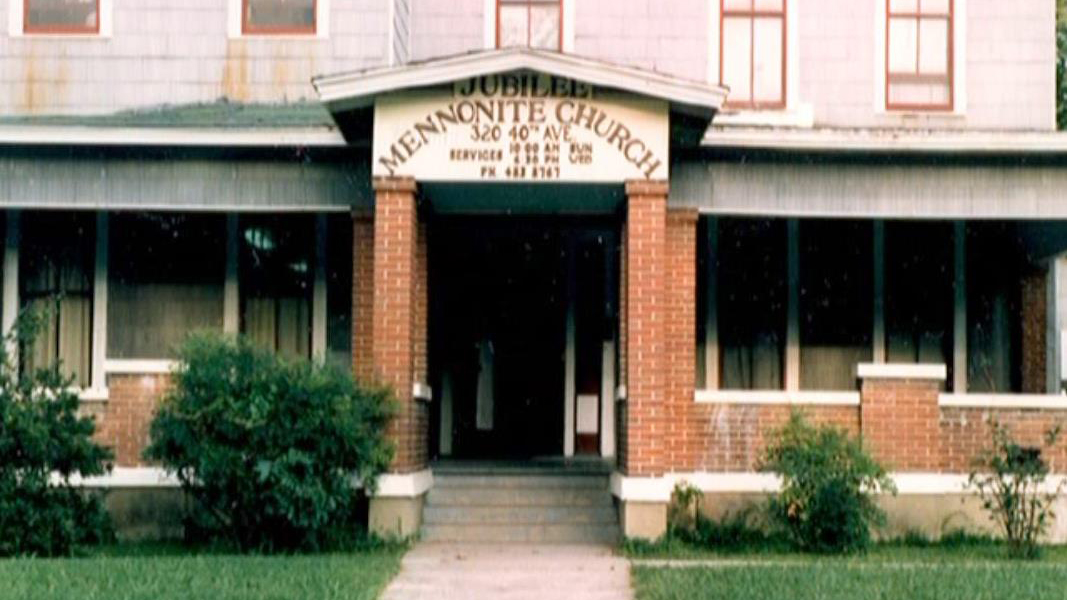
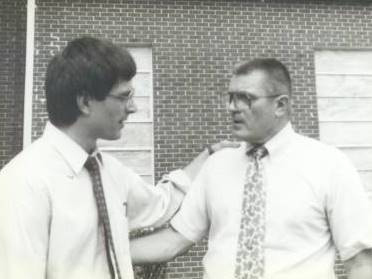
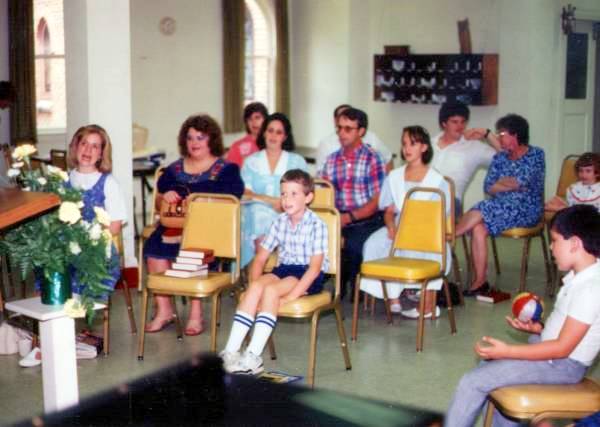
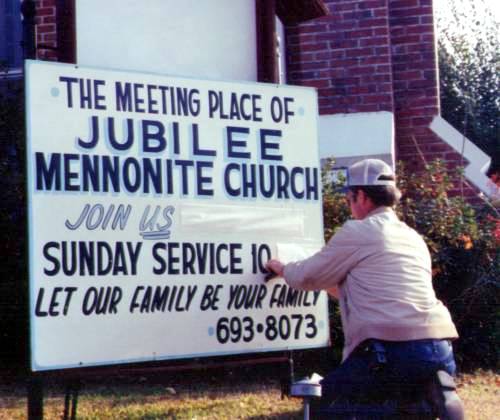
1 Comment
wade and patti
October 30, 2016at 7:36 pmInteresting…informative…well written and uplifting